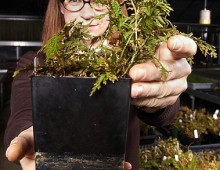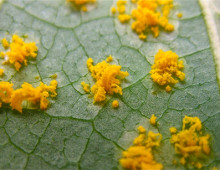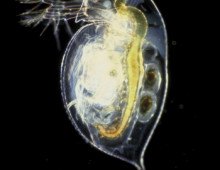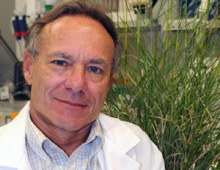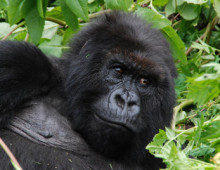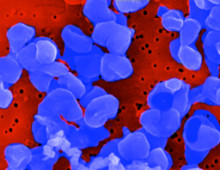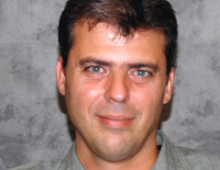JGI’s Susannah Tringe Receives Prestigious $2.5M DOE Early Career Research Award
WALNUT CREEK, Calif.—The U.S. Department of Energy (DOE) Office of Science Early Career Research Program has awarded a grant to DOE Joint Genome Institute scientist Susannah Green Tringe to conduct genomic studies of microbial communities (metagenomes) in restored wetlands around the San Francisco Bay-Delta region of California. Tringe, who heads the DOE JGI Metagenome Program,… [Read More]

